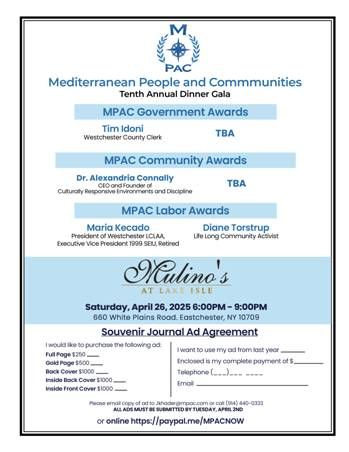In a stunning escalation of global trade brinkmanship, President Donald Trump has imposed a 145% tariff on all Chinese imports, triggering economic shockwaves and forcing a major realignment in international relations. But while China scrambles to rally support, more than 50 countries have signaled interest in negotiating bilateral trade deals with the U.S., marking the most significant global trade policy shift in a generation.
Trump’s Tariff Doctrine: Isolation with Intent
On April 9, 2025, the Trump administration formally announced a 90-day pause on new reciprocal tariffs for all countries except China, maintaining a baseline 10% tariff for those in negotiations. But for China, Trump unleashed the full force of his economic arsenal: a 145% tariff designed to punish Beijing for what he described as decades of manipulation and exploitation of the global trade system.
Trump’s message was blunt: the world’s second-largest economy is now economically quarantined, and every other country has 90 days to choose a side — negotiate with the U.S., or risk being caught in the crossfire.
The World Responds: Over 50 Nations Seek New Deals
In response, over 50 countries have contacted the U.S. seeking trade agreements or tariff exemptions. Countries including Vietnam, India, Japan, the United Kingdom, Canada, Mexico, Argentina, and Australia have all expressed willingness to revise tariffs and rebalance trade terms in line with American interests.
Notably, Vietnam offered to eliminate all tariffs on U.S. goods, while India signaled readiness to reduce duties on more than half of American imports.

Trump-Netanyahu Meeting: Israel’s Concession, Trump’s Pushback
One of the most significant diplomatic engagements tied to the tariff shift was Trump’s April 7 meeting with Israeli Prime Minister Benjamin Netanyahu at the White House.
Amid rising tensions over a newly imposed 17% U.S. tariff on Israeli goods, Netanyahu proposed a dramatic concession: Israel would eliminate all tariffs on U.S. imports to maintain favorable trade relations. However, Trump rejected the offer, noting that U.S. military aid to Israel already offsets any trade imbalances, effectively declining to roll back the tariffs.
Why Trump Is Playing Hardball with China
Twenty-five years ago, the United States was the world’s largest trading partner. But over the past two decades, China has steadily overtaken that position, becoming the top trading partner for more than 120 countries. This shift was fueled by China’s entry into the WTO in 2001, its dominance in low-cost manufacturing, and its global investment strategy through the Belt and Road Initiative. Trump’s aggressive tariff strategy is a direct response to this trend. By isolating China economically and reasserting U.S. leverage, he aims to reverse decades of offshoring and rebuild a U.S.-centered global trade order—one that punishes dependency on hostile regimes and rewards reciprocal, America-first agreements.

China’s Retaliation and Desperate Diplomatic Push
In retaliation, China raised tariffs on American goods to 125%, with state media blasting U.S. policy as “economic coercion.” But behind the bluster, Beijing is feeling the squeeze. China is now actively attempting to rally other nations to oppose Trump’s trade offensive, reviving regional alliances and offering economic incentives in a bid to break its growing isolation.
So far, few nations are biting. The momentum is with the U.S., and China finds itself increasingly alone in a trade war it cannot afford to escalate further.
Read: Was Trump Right About Tariffs? A Hard Look at China, the WTO, and Black Economics
Economic Fallout: Volatility and Strategic Risk
The global markets have already begun to respond. The S&P 500 dropped 3.45%, the Nasdaq plunged 4.31%, and consumer analysts are warning of rising prices on key Chinese imports including electronics, textiles, and packaged foods.
Former Treasury Secretary Janet Yellen called the move “a self-inflicted wound,” and JPMorgan has raised the probability of a U.S. recession by year’s end to 60%. Critics warn that even if Trump is reshaping trade, the cost could be heavy for American consumers in the short term.
A New Trade Era or Global Gamble?
President Trump’s aggressive isolation of China — combined with open negotiation channels for other nations — is pushing the world toward a new trade realignment, where nations are choosing economic allegiance with the U.S. over neutrality.
The meeting with Netanyahu highlights how deeply this strategy is influencing not just trade, but diplomacy, regional security, and the global balance of power. As China attempts to regroup and rally resistance, Trump’s administration has turned economic pressure into a global litmus test for strategic alignment.
The world is watching — and many are lining up. The game has changed. And Trump, love him or hate him, is the one moving the pieces.










